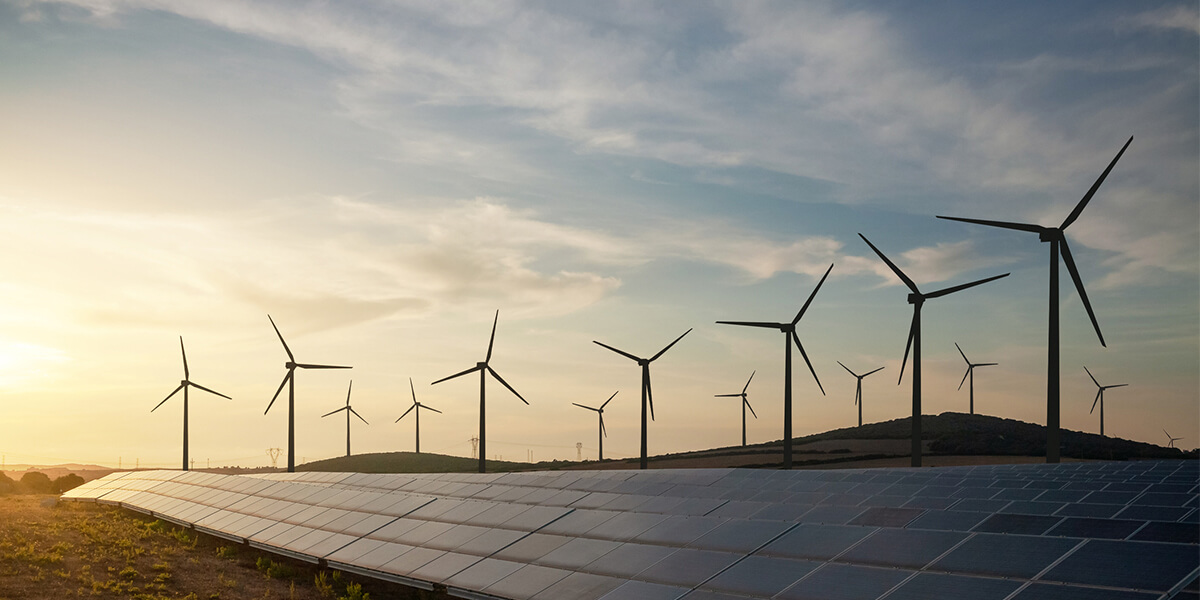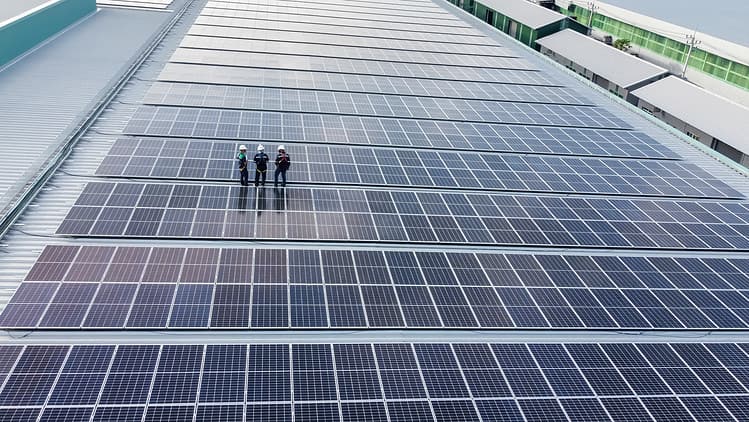
Recent rapid advances in technology have brought the age of truly smart cities within reach. Technologies such as AI, cloud & edge computing, and Internet of Things (IoT) devices, have blown apart the boundaries of what technology can achieve.
This has enabled smart city capabilities that were mere pipedreams not so long ago. This is a good thing on many levels. But one area where smart technology can benefit the whole of humanity is by making urban living and working more sustainable.
Let’s have a closer look at how smart technology is helping to make our cities greener and why it matters.
Why a Technology-Led Sustainable Revolution is Necessary
There aren’t many rational voices that would argue against the need for a greener future and a more circular economy. The move to more sustainable practices needs to be concerted and across society as a whole. However, cities and large urban areas deserve particular attention.
According to a World Bank report, 56% of the world’s population lives in cities. This is estimated to rise to 70% by 2050. Additionally, cities generate over 80% of global GDP.
Left unchecked, the environmental consequences of this would be catastrophic. However, it does represent a focal point that if addressed correctly, represents an opportunity to make a significant impact on global sustainability.
While there are concerns about the rise of Artificial Intelligence, the fact is AI could be a magic bullet in the fight against runaway climate change. For instance, AI technology integrated into our cities can help us optimize resource usage, reduce pollution and waste, and significantly reduce carbon emissions.
Of course, by doing all this it can also make our cities nicer places to live.
Smart Cities: Key Areas Where Technology Is Leading a Sustainable Revolution
Let’s begin with a quick definition of a smart city:
A smart city is an urban area where technology is used to manage assets, resources, services, and traffic flow, to name a few. The technology consists of an infrastructure of sensors, cameras, low-powered networks, and other Internet of Things (IoT) devices. These form the foundation of a smart city and the data they gather allows actions to be taken in real-time.
Ultimately, it is the nature of the data that is gathered and the subsequent actions taken that are at the heart of sustainability in smart cities.
Here are some of the key areas where smart technology is being used to make our cities greener.
Smart Traffic Monitoring
Advanced traffic monitoring will mean the end of gridlocked streets and their associated pollution. The use of smart traffic cameras to monitor the flow of traffic and use intelligent analytics to proactively control traffic flow and send real-time alerts as incidents will greatly improve traffic flow.
Traffic monitoring cameras can also be used to optimize crosswalk flow, protect road workers, and prevent traffic congestion from spreading to surrounding areas. The result is a safer urban environment and a reduced carbon footprint.
Improved Water Management
Water is a precious resource that is facing pressure from a growing population and climate change. Smart technology can play many roles to help preserve this most valuable resource.
Smart meters, smart irrigation systems, and advanced rainwater harvesting can all reduce wastage and maximize our utilization of available water resources.
Smart Utility Usage
In the same vein, IoT devices and sensors can be used to maximize the efficiency of our utility usage. Again smart meters will play a large part in helping households and businesses reduce their energy usage.
Other technologies include smart street lighting, smart thermostats, and smart grids that can balance energy supply and demand more effectively.
Improved Waste Management
A sustainable future requires society to change to a circular economy. In essence, this means maximizing our use of every single resource and minimizing the waste that we discard.
Cities can help to facilitate this by incorporating smart technology into waste management systems. Systems like smart bins that signal when they need emptying to smart recycling systems that can sort and process waste more efficiently are all part of the solution. These technologies can significantly reduce the amount of waste that ends up in landfills, while also optimizing the collection and recycling processes.
Smart Cities: Key to a Sustainable Future?
It is impossible to list every element that will make the cities of the near future so smart. Other notable technologies that are worthy of an honorable mention include:
- Urban farming: Smart urban farming can reduce transport costs and can contribute to food sustainability.
- Smart buildings: Energy-efficient self-monitoring buildings can save energy by controlling systems like HVAC and lighting depending on occupancy.
- Smart public transport: Smart public transport systems can optimize routes and schedules based on real-time data, improving efficiency, reducing congestion, and lowering carbon emissions.
The smartening of our cities and a sustainable future are two concepts that are invariably linked. Technologies like those we discussed are evolving rapidly and while there are always concerns like privacy and AI systems with autonomous decision-making capabilities, we need to embrace them if city living is to be sustainable.
With 70% of the world’s population, due to become city dwellers within a couple of decades, the use of smart technology can go a long way to ensuring that our cities aren’t the straw that broke the camel’s back.




